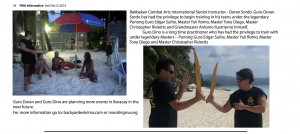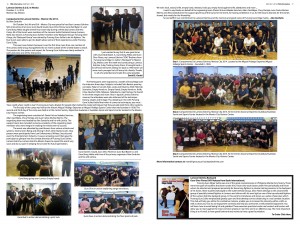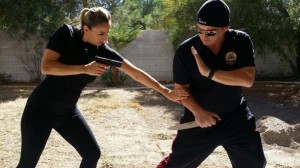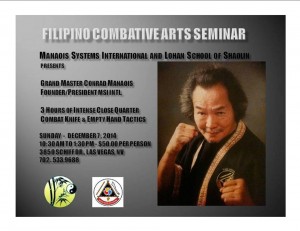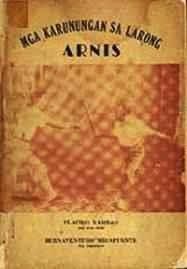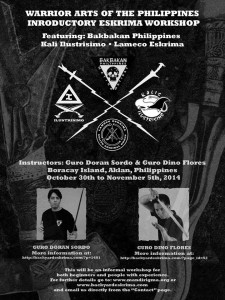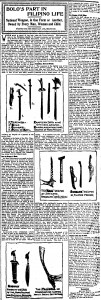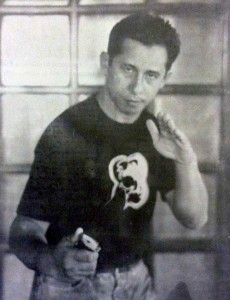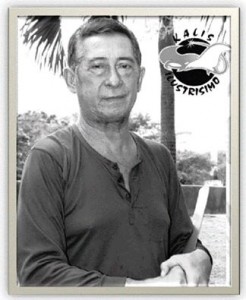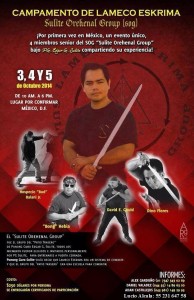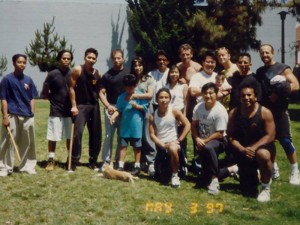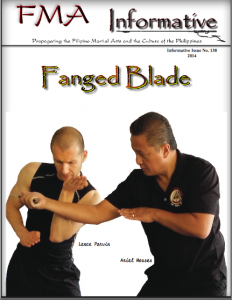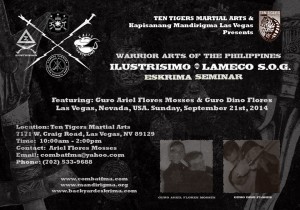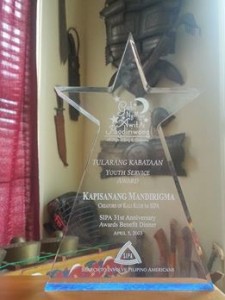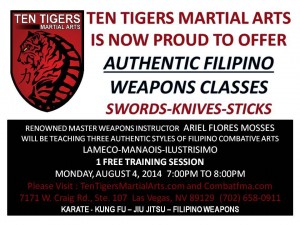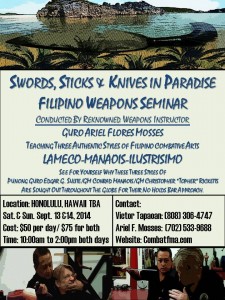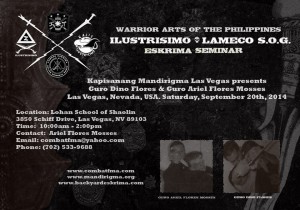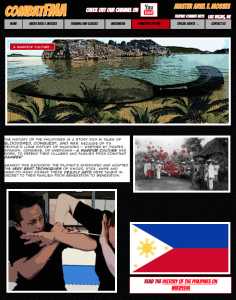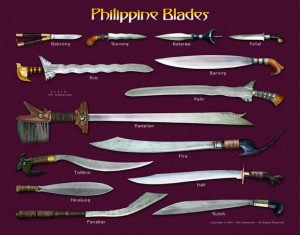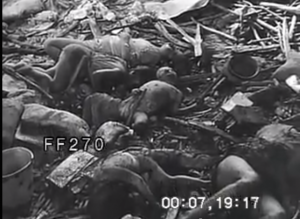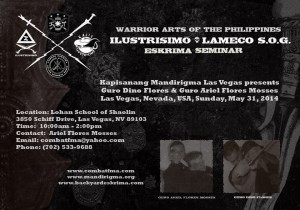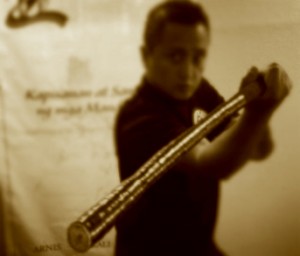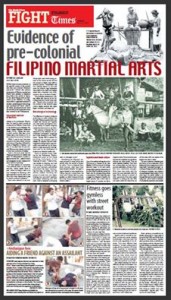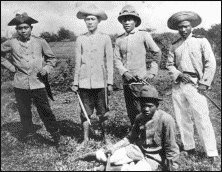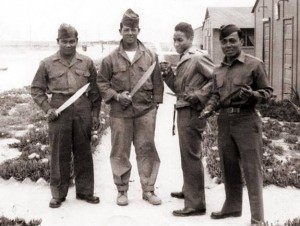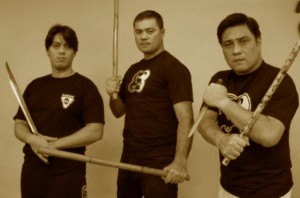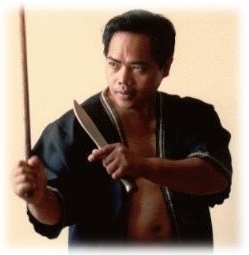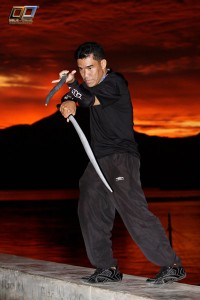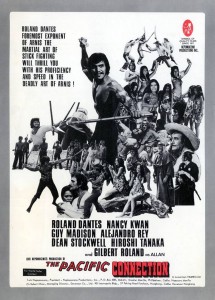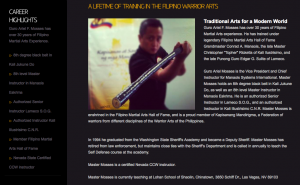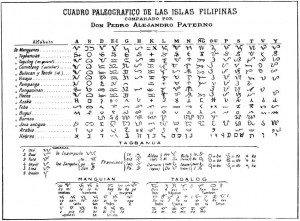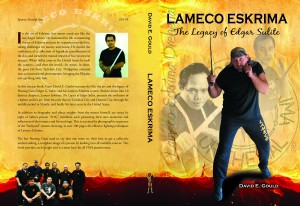
New Lameco Eskrima Book by Guro David Gould released 2014. Published by Mark Wiley's - Tambuli Media. In the art of Eskrima, few names stand out like the late Edgar Salute’s. He dedicated his life to mastering the art of Eskrima and put his reputation on the line, taking challenges for money and honor. He earned the confidence of a collection of legendary grandmasters of the day, and earned the mutual respect of his era’s newest masters. When Sulite came to the United States he took the country—and then the world—by storm. In this unique book, Guro David E. Gould recounts the life, the art and the legacy of Punong Guro Edgar G. Sulite and his Lameco Eskrima system. Broken down into 10 distinct chapters, Lameco Eskrima: The Legacy of Edgar Sulite, presents the evolution of a fighter and his art, from his early days in Tacloban City and Ozamis City, through his middle period in Manila, and finally his later years in the United States. http://www.amazon.com/Lameco-Eskrima-Legacy-Edgar-Suilite/dp/0692306757/ref=sr_1_2?ie=UTF8&qid=1415230995&sr=8-2&keywords=lameco+eskrima http://tambulimedia.com/ … [Read more...]
